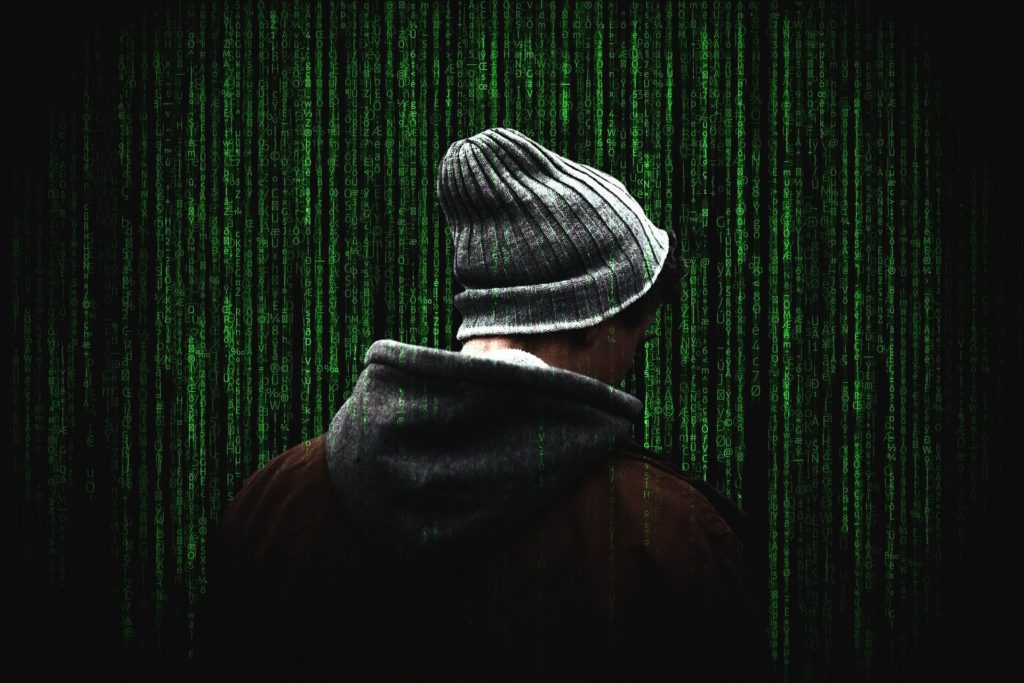Machine learning and artificial intelligence are becoming crucial to how we function as a society today, both in our daily lives and in industrial sectors like manufacturing. Those who are wary of this rise in the value placed on machine learning express concerns about machines “taking over,” or replacing human jobs.
The truth, however, is that machine learning works best when humans and artificial intelligence programs work together, and there are few areas where this is truer than in machine learning and cybersecurity.
How Humans and Machines Work Together for Effective Cybersecurity
Effective cybersecurity is all about actionable threat intelligence — that is, being able to quickly and efficiently identify malware, viruses and other potential threats and stop them before they damage the system. So how do humans and machines work together to develop actionable threat intelligence?
Just as the right human and machine combination, known as a “centaur,” can beat any chess opponent, the same combination can be a nearly unstoppable guardian of your computer systems by joining the brute force abilities of a machine with the creativity and decision-making skills of a human.
Artificial intelligence can perform lightning fast data aggregation, pattern recognition, and similar tasks to identify threats. They can process text without getting caught up in changes in the source language, jargon or slang. They can create knowledge representations or data systems, allowing them to more easily recognize and solve difficult problems, and they can create and adhere to useful predetermined rule sets.
Humans, in contrast, are great at recognizing the significance of the data presented to them and determining the best course of action based on the information provided. They will never have anywhere near the raw calculation ability of a computer, but they have intuition and creativity that their mechanical counterparts do not share.
Many human cybersecurity analysts are great at their job, but they are simply overwhelmed by the amount of raw data coming into their systems. This is where artificial intelligence shines, using abilities like anomaly detection, natural language processing, pattern recognition, and predictive analytics to quickly isolate potential threats. The human cybersecurity analyst can then have a manageable amount of data to analyze and make correct decisions with.
The Future of Machine Learning and Cybersecurity
The great thing about artificial intelligence and human cybersecurity is that these threat analysis teams can build on what they have done in the past to become even more effective at fighting cybercrime. Cybersecurity professionals can see what their machines are doing and help develop programs to allow them to do it better and faster, which, in turn, can make it easier for the human cybersecurity analyst to do their job. In the arms race that is the digital world, being open to maximizing the benefits of machine learning for cybersecurity is a must.
Whether your machines are powered by artificial intelligence or not, they need to be up and running to help your manufacturing business. If you need your motors or other manufacturing machines repaired with minimal downtime, contact Global Electronic Services.
